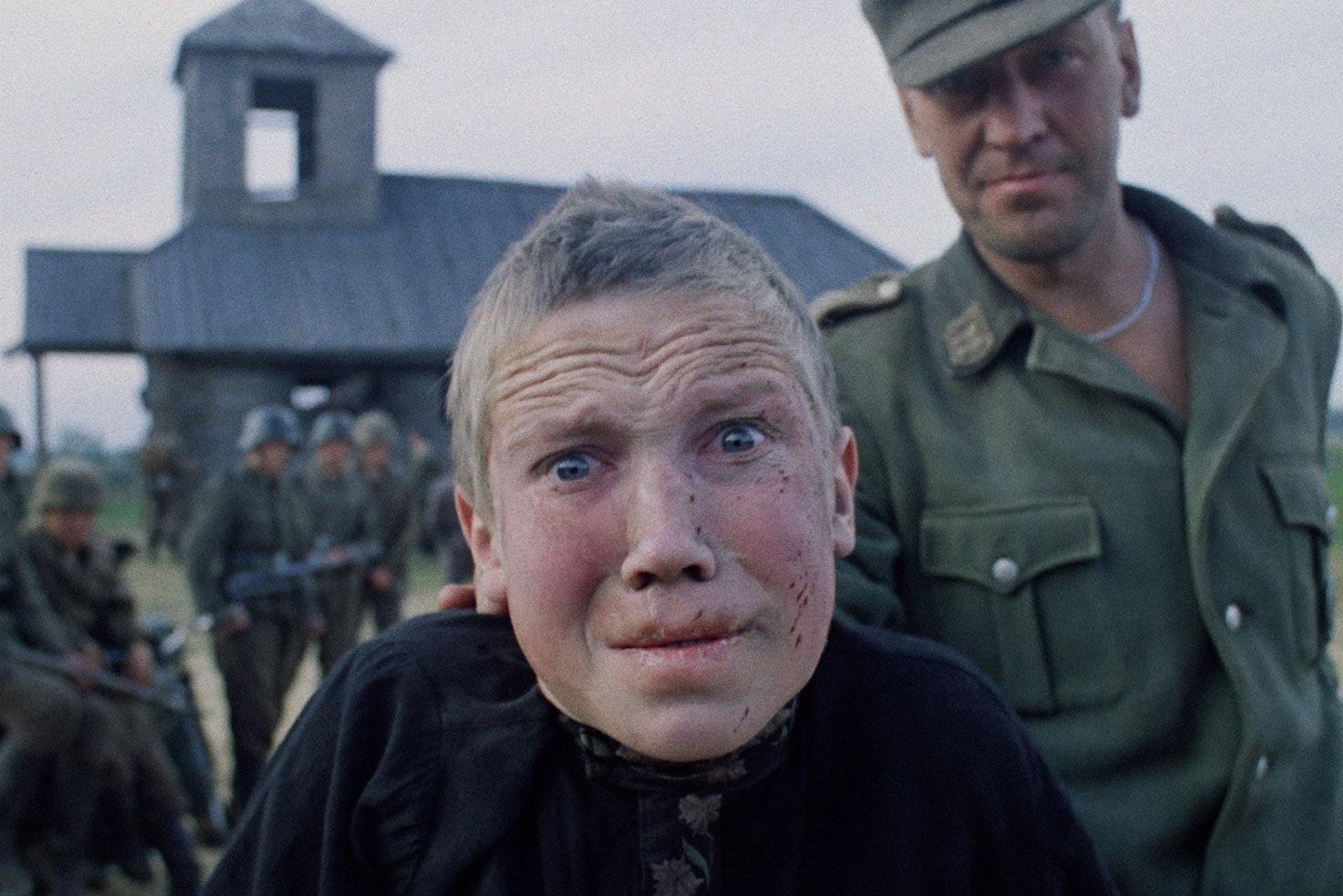War films have long been a staple of the cinematic landscape, captivating audiences with their dramatic portrayals of conflict and heroism. However, beyond their entertainment value, these films wield a significant influence on public perception of global conflicts. By dramatizing historical events, depicting military strategies, and humanizing soldiers, war films have the power to shape collective understanding and opinions about warfare. This article critically examines the complex role that war films play in framing public discourse, exploring how cinematic narratives can both illuminate and obscure the realities of global conflicts. Through an analysis of key films and their societal impact, we aim to unravel the intricate relationship between cinema and public opinion, questioning how these visual stories contribute to shaping the broader narrative of war.
The Role of Cinematic Narratives in Framing Public Perception of War
Cinematic narratives play a pivotal role in influencing how audiences perceive and understand global conflicts. Through the lens of a camera, directors and screenwriters craft stories that can evoke empathy, anger, or even indifference towards the complexities of war. War films often highlight specific aspects of conflict, such as heroism, sacrifice, or the devastation of battle, which can significantly shape public opinion. These narratives can sometimes lead to a glorification of war or, conversely, a critical examination of its futility. The visual and emotional impact of these films often lingers, subtly molding the viewer’s attitudes and beliefs.
Several factors contribute to the influential power of war films on public perception:
- Historical Accuracy: Films that prioritize factual accuracy can educate audiences, providing insights into the real causes and consequences of conflicts.
- Emotional Engagement: The use of compelling characters and storylines can foster empathy, allowing viewers to connect with those affected by war.
- Cultural Representation: The portrayal of different cultures and nations can either challenge or reinforce stereotypes, impacting how audiences perceive international relations.
- Political Messaging: Some films may carry overt or covert political messages, influencing public opinion on contemporary global issues.
In essence, the stories told through cinema can act as a double-edged sword, either enlightening the public or perpetuating myths and biases about war and conflict.

Analyzing the Impact of War Film Tropes on Audience Beliefs
War films often employ a set of recognizable tropes that can significantly influence how audiences perceive real-world conflicts. These cinematic devices, such as the glorification of heroism, the portrayal of the enemy as one-dimensional villains, and the emphasis on nationalistic fervor, can subtly shape public opinion by reinforcing specific narratives. For instance, the hero’s journey archetype, frequently used in war films, can lead audiences to oversimplify complex geopolitical situations, viewing them as clear-cut battles between good and evil. Similarly, the consistent portrayal of soldiers as unwaveringly noble figures can overshadow the ethical ambiguities and harsh realities of warfare.
- Glorification of heroism: Often elevates soldiers to near-mythical status, overshadowing the nuanced realities of war.
- One-dimensional enemies: Simplifies complex conflicts, potentially leading to a lack of empathy or understanding for the opposing side.
- Nationalistic themes: May bolster a sense of patriotism, sometimes at the expense of critical reflection on one’s own country’s role in global conflicts.
By embedding these tropes into their narratives, war films do more than entertain; they can subtly mold public perceptions, influencing everything from voting behaviors to support for military interventions. As consumers of media, it becomes crucial to engage critically with these portrayals and seek out a more comprehensive understanding of the conflicts depicted on screen.

Balancing Entertainment and Accuracy in War Film Production
Crafting a war film is a delicate dance between providing entertainment and ensuring historical fidelity. Directors often face the challenge of maintaining audience engagement while accurately representing complex geopolitical scenarios. The tension between these two objectives can significantly influence how viewers perceive real-world conflicts. Entertainment value is crucial for box office success, yet it can sometimes lead to the oversimplification of events, reduction of nuanced political contexts, and perpetuation of stereotypes. These cinematic choices may inadvertently shape public opinion, leaving audiences with a skewed understanding of international affairs.
- Historical Authenticity: Ensures a factual representation of events but may risk alienating audiences seeking escapism.
- Creative License: Offers a more engaging narrative but may compromise the integrity of historical facts.
- Visual Spectacle: Enhances viewer immersion but can overshadow the narrative’s educational value.
Filmmakers must strike a balance, utilizing consultants and historians to guide their storytelling, while also crafting compelling narratives that captivate audiences. As these films reach a global audience, the responsibility to educate and inform, without sacrificing the allure of cinema, becomes paramount. By navigating these dual objectives, war films can both entertain and educate, shaping public perception with a blend of dramatic flair and informative insight.

Recommendations for Responsible Storytelling in War Cinema
In crafting narratives for war cinema, filmmakers bear the responsibility of balancing dramatic storytelling with the nuanced complexities of real-world conflicts. Accuracy is paramount; historical events should be depicted with a commitment to truthfulness to prevent misinformation. Emphasizing the human stories within the conflict rather than glorifying combat can foster empathy and a deeper understanding of the diverse perspectives involved. Cultural sensitivity is crucial, ensuring that portrayals do not perpetuate stereotypes or bias against any group involved in the conflict.
- Research Thoroughly: Engage with historians, veterans, and experts to build a solid factual foundation.
- Highlight Diverse Perspectives: Showcase stories from all sides of the conflict to provide a balanced view.
- Avoid Sensationalism: Focus on the human impact rather than exaggerated action sequences.
- Incorporate Authentic Voices: Involve people with lived experiences in the storytelling process to add authenticity.
By following these guidelines, war films can transcend mere entertainment to become powerful vehicles for education and reflection, contributing to a more informed public discourse on global conflicts.
